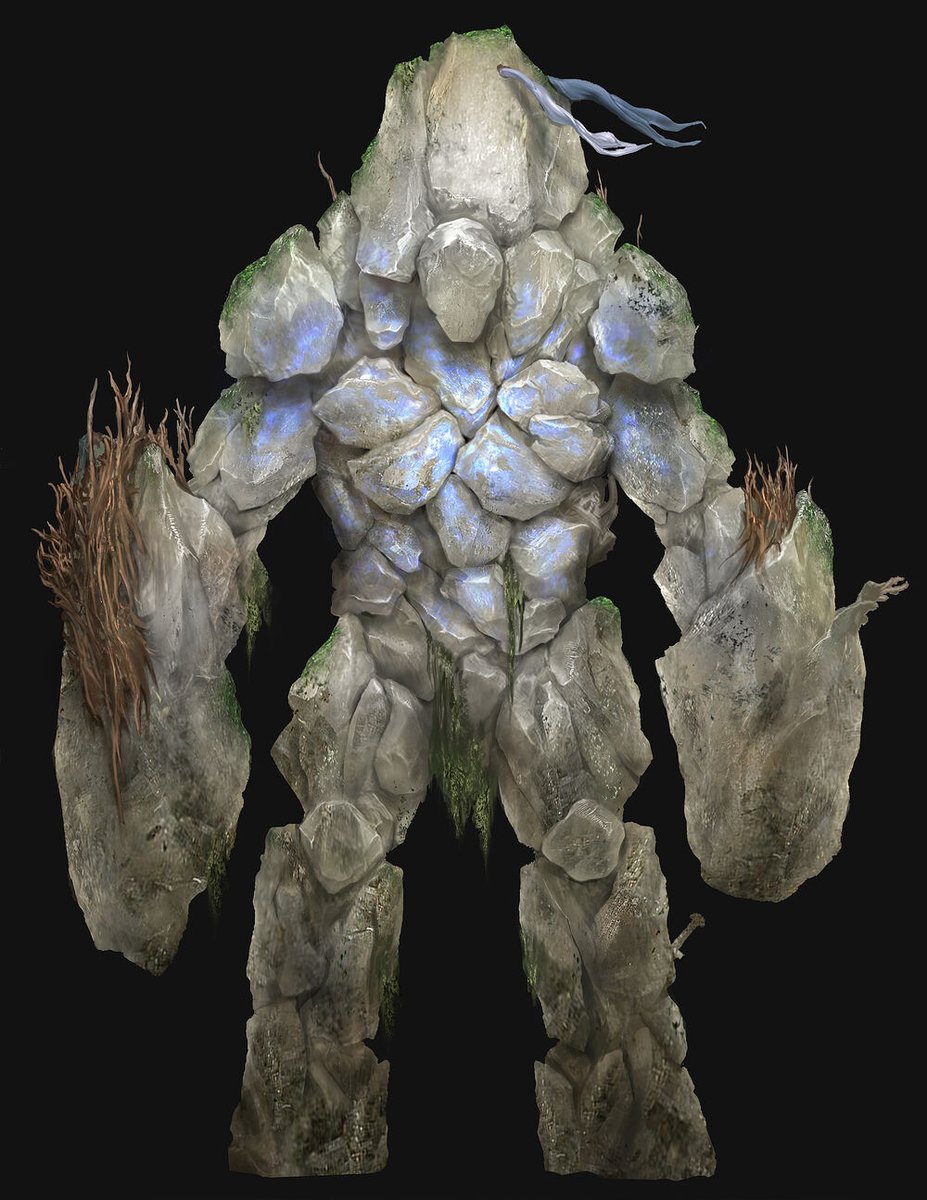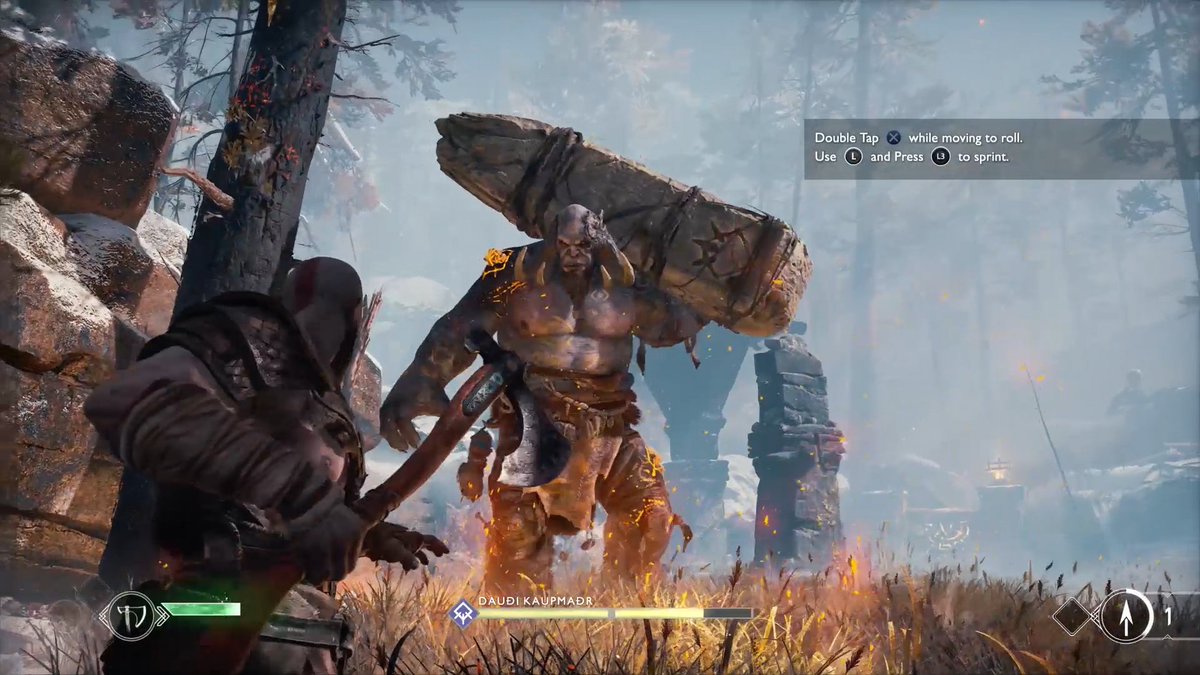
God of War enemies must keep the player ENGAGED over 20+ hours. The first enemy, Draugr, serves an important ROLE (punching bag). Subsequent enemies need to VARY their roles and STRESS TEST the player’s toolkit. Let’s look at some “mid-game” enemies. #gamedesign #combatdesign 🧵 







HARD LOCKS - This enemy category ELIMINATES at least one of the player’s tools. The player is FORCED to ENGAGE with another player mechanic. In this video, the Hel-Reaver causes basic axe attacks to bounce off. The player must switch to Barehanded stance to inflict damage. 1/4
While the Hel-Reaver puts the player in a vulnerable reaction when hit, the Revenant EVADES away when the player attempts any Axe attack including Axe throw. The player is forced to use Atreus's arrows to stun her and allow Kratos to land a few hits before she resets. 2/4
The Stone Ancient FORCES the player to use Axe Throw ONLY during "Windows of Opportunity." Otherwise, axe attacks will simply bounce off. This is a DIRECT SKILL TEST where the Axe Throw must be used twice to inflict optimal damage per sequence. 3/4
These 3 examples of HARD LOCKS force the player to engage in three different mechanics (Stance switching, Atreus and Axe Throw). These enemies are effective because of the readable feedback when the discouraged tools aren't having an effect. 4/4
SOFT LOCKS - This enemy category DISCOURAGES at least one player tool and HIGHLY ENCOURAGES another one. These fodder enemies die fast, but axe attacks put the player too close to avoid the death explosion. The player is encouraged to Axe Throw (from far) or use Atreus.
DEFENSE - The initial enemy, Draugr, didn’t have ANY method to avoid being stun locked. Later enemies like Dark Elves, ESCAPE being stun locked and RESET the interaction. In the video, the Dark Elf doesn't follow up with a counter attack, so the player can still be aggressive.
ATTACK PROPERTIES - Parryable (yellow circle) and Unblockable (red circle) are 2 properties later enemies have that FORCE a particular PLAYSTYLE. Yellow MUST be parried (cannot be blocked) and Red MUST be evaded (cannot be blocked OR parried).
LAYERING - The Dark Elf boss is an extension of the previous Dark Elf enemies. Behaviors/responses are LAYERED onto familiar Dark Elf behavior. In the video, when the boss ESCAPES, he leaves a land mine behind as an extra LAYER of danger. 1/2
The Dark Elf boss SHARES the spin attack from basic Dark Elf, but adds unique attacks like an Unblockable thrust among other behaviors/stats. Also, the spin attack on the Dark Elf boss has slower anticipation, which throws the player's timing off compared to normal elf. 2/2
• • •
Missing some Tweet in this thread? You can try to
force a refresh













